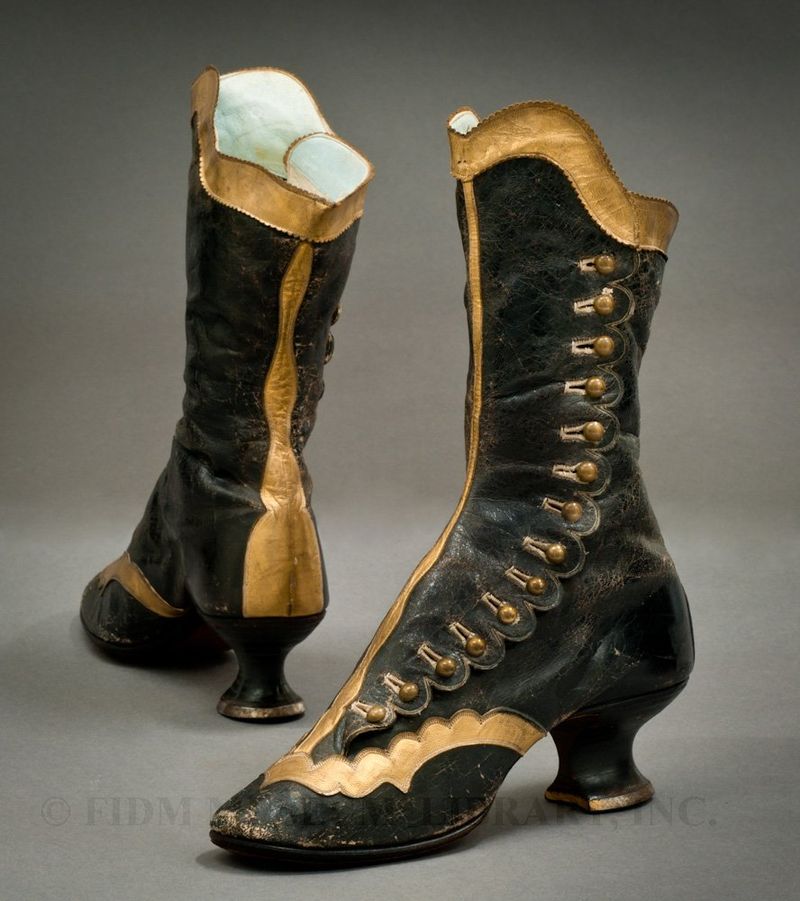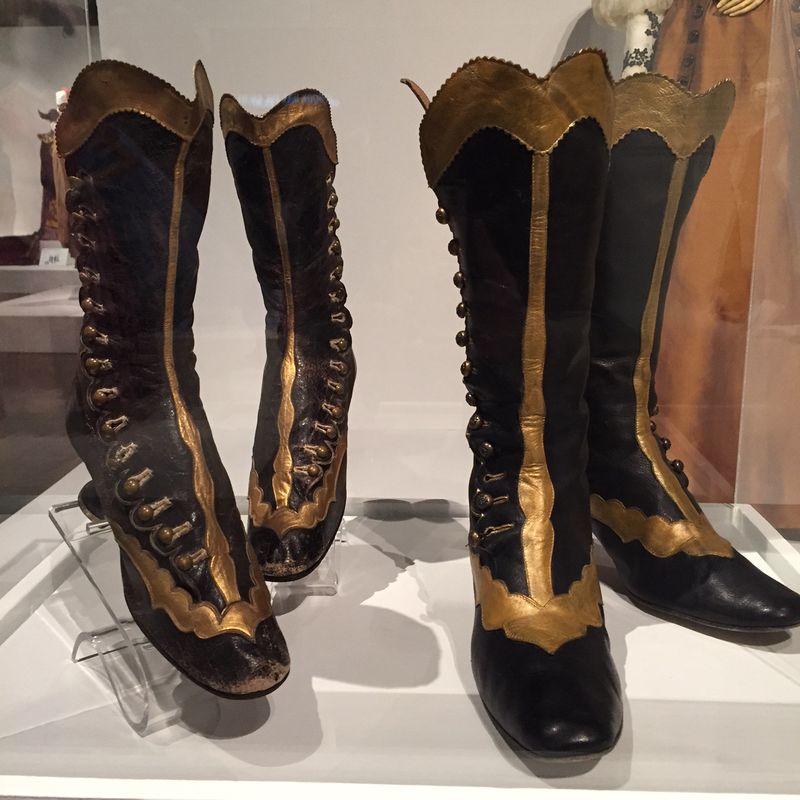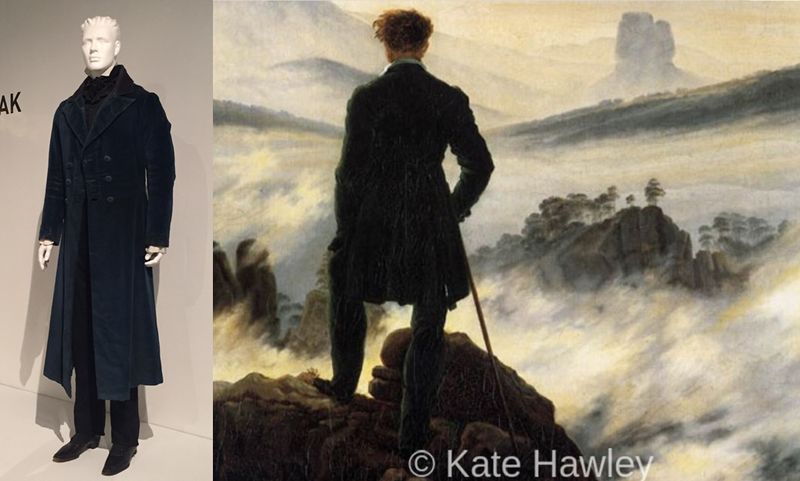Crimson Peak: Part Two
Welcome back for another look at one of the most popular installations in our 24th Annual Art of Motion Picture Costume Design Exhibition: Crimson Peak! In Part One, Costume Designer Kate Hawley generously shared her personal workroom photos, mood boards, and character inspirations for her work on the grand Gothic romance. Today, we're revealing the surprising FIDM Museum connection to the film.
But first, something for Tom Hiddleston's legion of fans: Hawley used this painting as one of her inspirations for the brooding character Thomas Sharpe, owner of the Allerdale estate, brother to Lucille, and mysterious husband to Edith. She told us, "Thomas appeared in Buffalo as if he had just stepped out of one of Edith’s romance novels," but the grim truth and darkness of the Sharpe family is revealed to Edith once she arrives at their ancestral home.
Now, how did our Museum play an unlikely role in Crimson Peak? A Museum staff unpacked the costumes and prepared condition reports (you can read more about our exhibition process here and here), we noticed something very familiar about Edith's black and gold 19th century boots. In fact, we realized they were an exact match to a pair of 1870s boots in our Permanent Collection! The boots were featured on this very blog in 2012.
 Side-button boots
Side-button boots
c. 1870-79
Museum Purchase
2010.5.16AB
We had to contact Hawley - they were just too similar for her design to be a coincidence! We sent a picture of our boots, and Hawley confirmed, "Yes - they are the boots! They felt so perfect for Edith in Buffalo...slightly early in period for Edith, but perfect for character. Pompei shoes in Rome made ours." L.C.P. di Pompei is a famous Italian shoemaker founded in 1932, known for crafting high-quality footwear for Italian cinema and international film alike. We were so delighted that our Museum had a hand in inspiring Hawley's wonderful costumes that we decided to display the Crimson Peak boots next to their historical doppelgängers.
 FIDM Museum boots (left); Crimson Peak boots (right)
FIDM Museum boots (left); Crimson Peak boots (right)
As the previous blog post mentions, these gilded boots with scalloped edges were most likely made to match a smart walking ensemble. You can just imagine the eye-catching front of the shoe peeking out from a woman's skirts as she promenaded down the street. The Museum's boots on the left are noticeably smaller than the costume pair; this is something we are often asked about. It is important to remember that people in the past were not necessarily smaller than we are today! Just like in the modern world, some 19th century women had smaller feet than others. Hawley's interpretation of the FIDM Museum boots are a perfect example of how museum collections inspire designers, both on the runway and on film. We hope to make this research process all the more accessible when we launch the FIDM Museum online collection database in the coming month.
Make sure to stop by the Museum and see the twin boots in person before our Art of Motion Picture Costume Design exhibition closes April 30! Once again, our sincere thanks to Kate Hawley for giving our readers an in-depth look at her design process.
